 |
 |
 |
| |
Is There a Need to Re-Focus our Efforts for Hepatitis C Screening Away from Baby Boomers? 23% HCV+ in Rural Drug Users Pennsylvania
|
| |
| |
Reported by Jules Levin
2019 AASLD/EASL HCV Special Conference 01-02 February 2019, Miami, FL
Tuesdae Stainbrook DO, MPH, Kelsey Elliott PA-C, Mary Simpson, BSAS, RDH, MBA, PhD ABD
TruCare Internal Medicine and Infectious Diseases, DuBois, Pennsylvania
from Jules: this is a more recently identified HCV crisis found in younger white injection drug users in more rural areas or outside the inner city which includes women of child bearing age with an increased risk for mother to child transmission. The inner city drug user is older, more likely a person of color - African-American, Latino - a former or current injection drug user, or a sex partner of the IDU, including inner city homeless people. Both continue to be a problem. Both need a screening & linkage to care; the HCV care cascade still suffers for both groups with low rates of follow through of visits, treatment & SVR rates. Inner city drug users are a marginalized population that requires attention, this was the focus of my Check Hep C Project in NYC which began when the first DAAs/protease inhibitors were made available - boceprevir, telaprevir. This was the first large scale inner city HCV screening program and it targeted inner city drug users. This remains a problem, as many drug users remain on the margins of care, remain untreated. Both epidemics - HCV in young white rural drug user populations and inner city drug users & sex partners are key elements in addressing HCV; as well as MSM and HIV+ MSM - this too needs focus. ears ago I estimated 8 million in the USA are HCV+ & continue to think this, as the lack of screening & the lack of screening the correct populations is the source of HCV underestimates. Some clinics say their new HCV patient loads are decreasing & this is I say due to not screening adequately and underfundng in the USA, many with risk factors (IDU) are marginalized from the healthcare system & too busy using drugs. Years ago I recommended universal routine screening, not just one time, but ongoing and still this is what is needed, but there is a lack of federal commitment to address HCV elimination, the same on a state level. Despite several states recently announcing they are "on the road" to HCV elimination programs, when I see it I will believe it, because I don't think they are prepared to commit the full resources needed to do this.
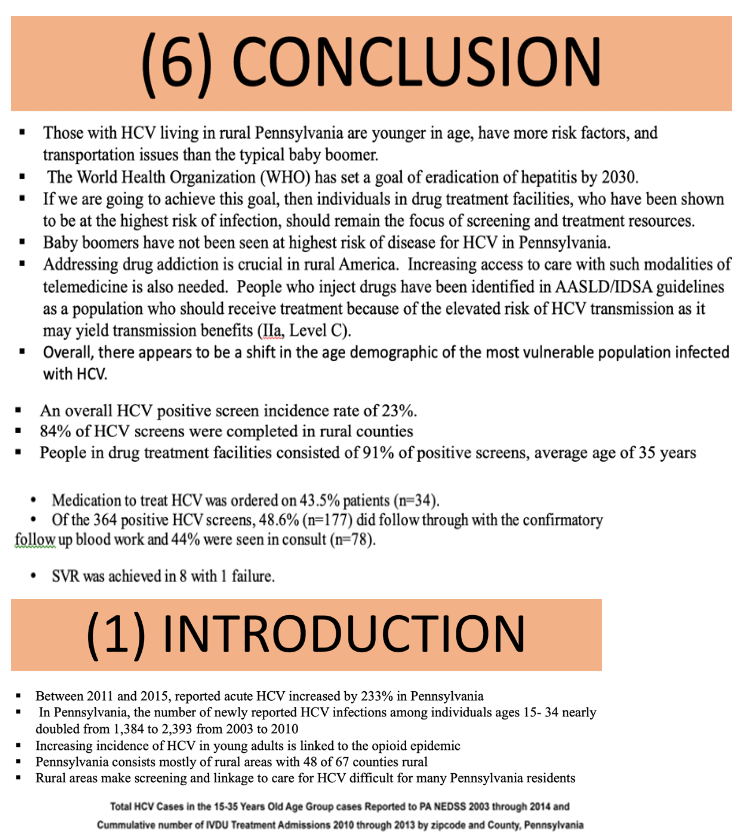
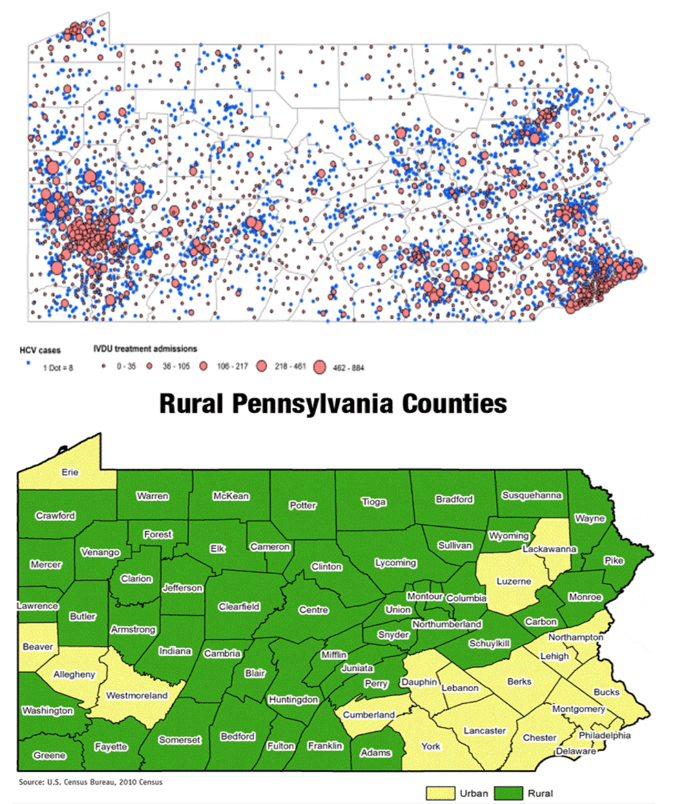
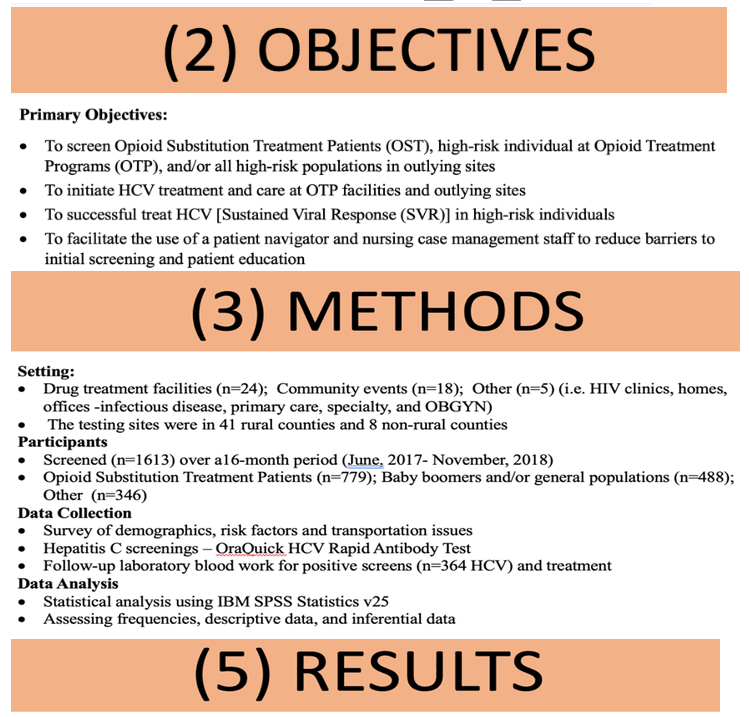
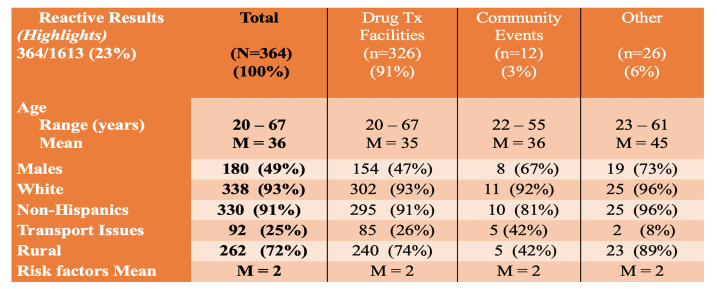
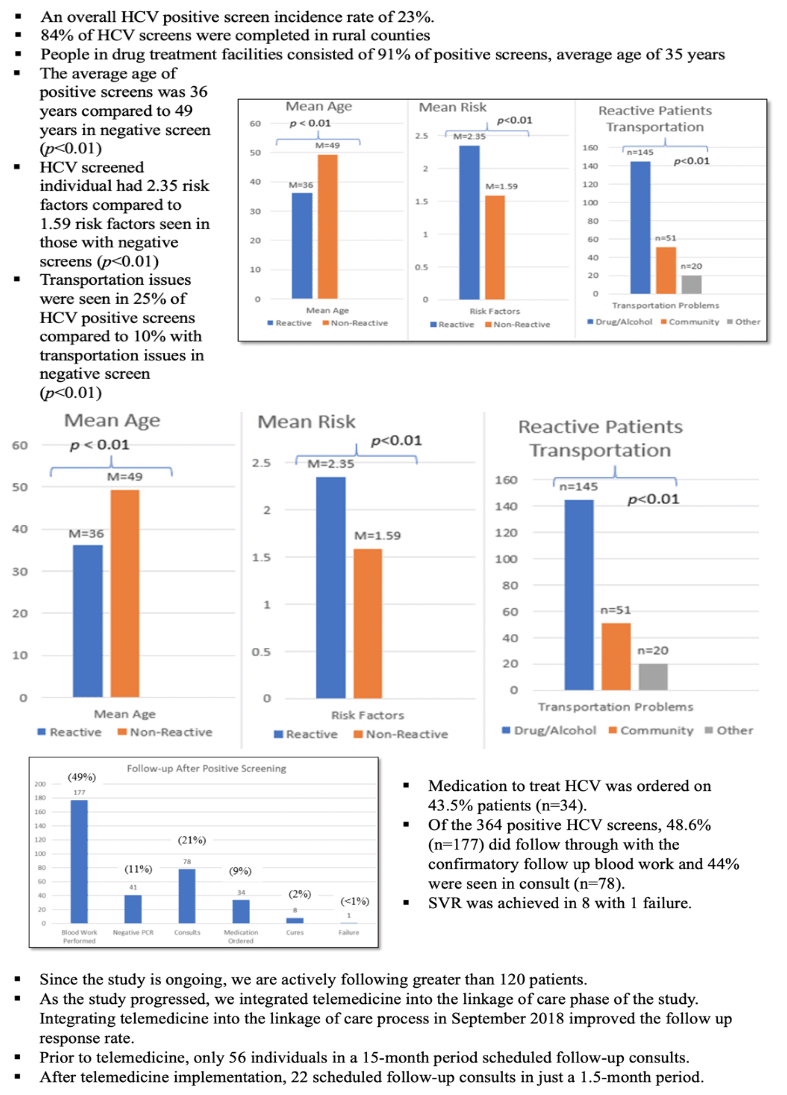
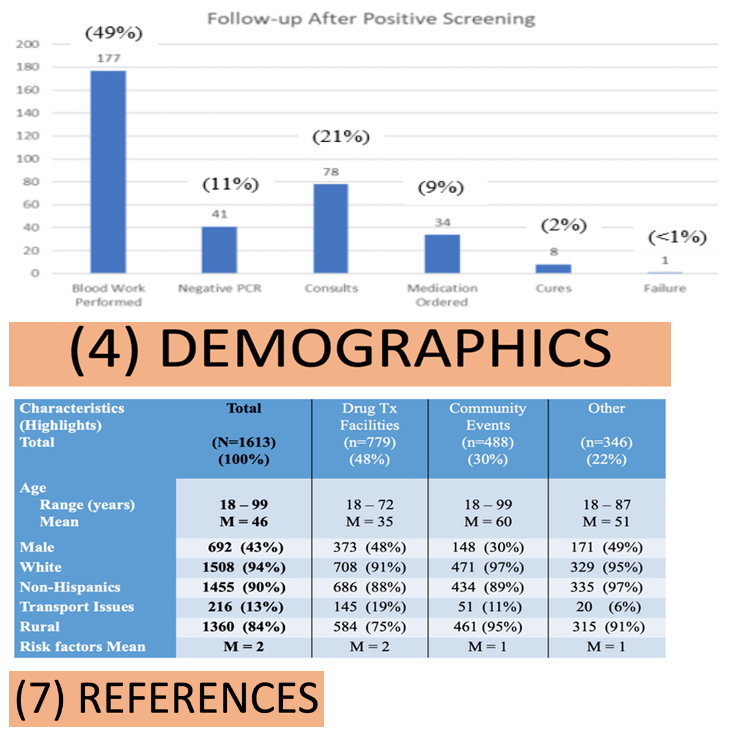
1.Hep C on the Rise Among Young Adults and Teens in Pennsylvania. Available at http://www.hepmag.com/articles/Youth_Incidence_Pennsylvania_2501_22075.shtml (Accesses September 30, 2016).
2.Centers for Disease Control (CDC): Division of Viral Hepatitis. (2016). Number of newly reported case reports of confirmed past or present Hepatitis C submitted by states and jurisdictions, 2016. Retrieved from https://www.cdc.gov/hepatitis/statistics/2016surveillance/index.htm#tabs-6-13
3.Pennsylvania - State Health Profile. Hepatitis A, B, C Virus (HAV, HBV, HCV). Retrieved from https://www.cdc.gov/nchhstp/stateprofiles/pdf/pennsylvania_profile.pdf
4.Smith BD, Morgan RL, Beckett GA, et al; Centers for Disease Control and Prevention. Recommendations for the identification of chronic hepatitis C virus infection among persons born during 1945-1965. MMWR Recomm Rep. 2012;61(RR-4):1-32. Erratum in: MMWR Recomm Rep. 2012;61(43):886.
5.Centers for Disease Control (CDC) (2016). Reported cases of chronic hepatitis C, by demographic characteristics and laboratory tests - Enhanced Viral Hepatitis Surveillance Sites, 2013-2016. Retrieved from https://www.cdc.gov/hepatitis/statistics/2016surveillance/index.htm#tabs-6-13
6.Pennsylvania DOH. Data on file
7.Zibbell, J. E., Asher, A. K., Patel, R. C., Kupronis, B., Iqbal, K., Ward, J. W., & Holtzman, D. (2018). Increases in acute hepatitis C virus infection related to a growing opioid epidemic and associated injection drug use, United States, 2004 to 2014. American journal of public health, 108(2), 175-181.
|
| |
|
 |
 |
|
|